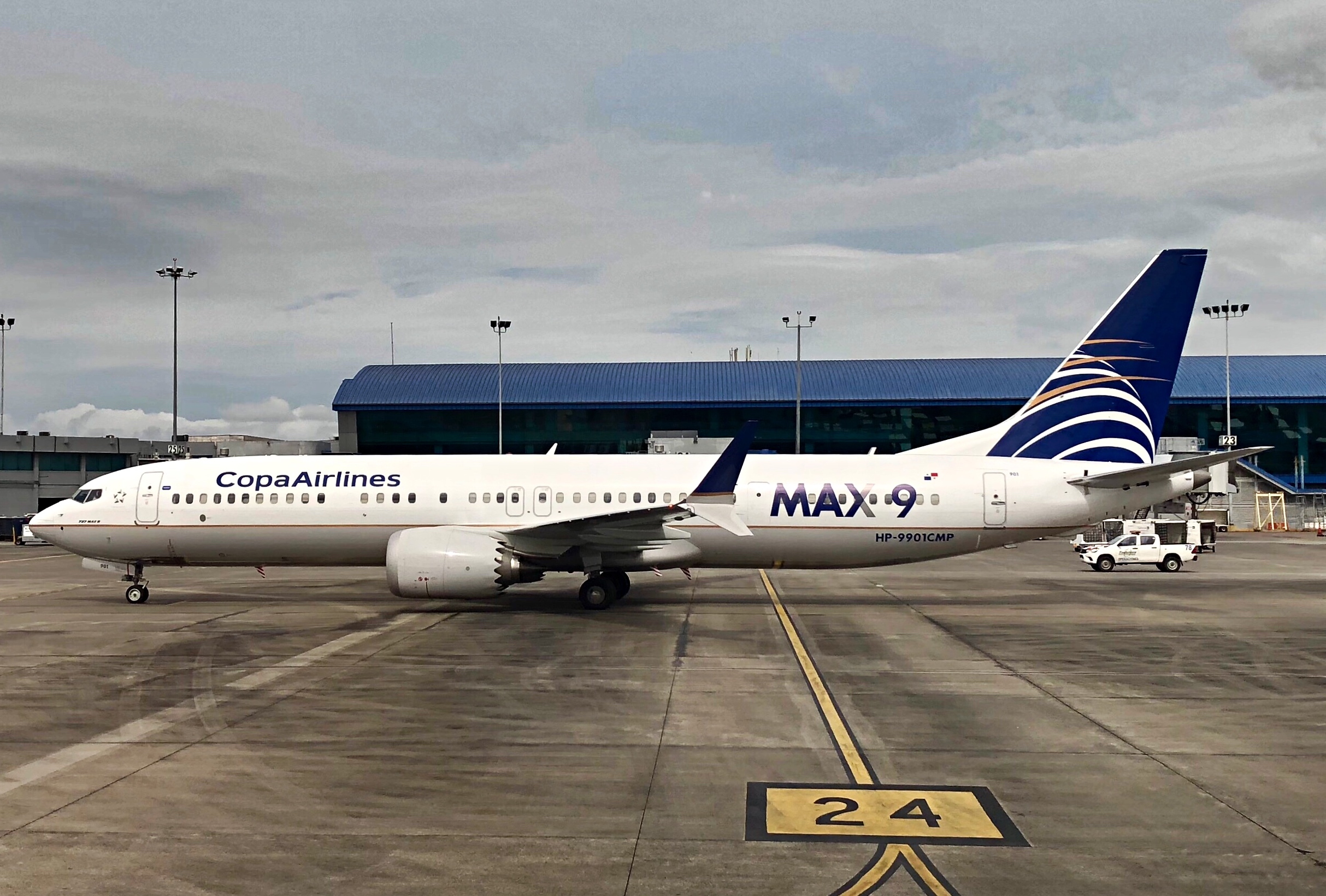The idea of flying cars has captivated and intrigued the realm of transportation and advancement for many years. It resembles a scene from a sci-fi book or a futuristic movie – cars that can effortlessly take to the air and soar above traffic, leaving congested streets and highways far below. However, despite the technological progress of the 21st century, the vision of a sky filled with personal flying vehicles remains elusive. But why? The explanation, as it happens, is not solely due to a lack of technological progress or creativity. In reality, the main reason we do not see flying cars dominating our skies is much more rooted in human nature and practicality than one might imagine.
The History of Flying Cars
From the early 20th century, the idea of combining the freedom of flight with the convenience of personal motor vehicles captured the imaginations of inventors and the public alike. Aviation pioneers and automotive engineers alike pondered the potential of a vehicle that could offer the best of both worlds. Iconic figures such as Henry Ford, and groundbreaking engineers like Ted Hall, saw the possibility of a future where the skies were as busy as the roads below. Hall’s creation, backed by Convair and boasting 66 successful test flights, could have revolutionized travel. However, a tragic crash landing in 1947 dashed those early hopes, setting the tone for future attempts at making flying cars a reality.
Despite this setback, the fascination with flying cars never waned. Each subsequent generation of engineers and inventors has taken up the mantle, attempting to overcome the hurdles that have kept flying cars from becoming a common sight. Today, companies continue to develop prototypes that promise to finally make the dream a reality. Yet, for all the advancements in technology and the impressive demonstrations of prototypes like the Ehang 184, we still find ourselves firmly on the ground, looking up at a sky devoid of personal air vehicles.
At first glance, the technological barriers to flying cars seem insurmountable. The challenges are indeed formidable: creating safe, reliable, and efficient vertical takeoff and landing (e-VTOL) aircraft; integrating these vehicles into existing air traffic control systems; and navigating the regulatory maze to gain the necessary approvals from government bodies. Uber’s ambitious plans for its UberAIR service highlight the optimism of those at the forefront of this industry, but they also underscore the immense tasks that lie ahead. As one looks closer, however, it becomes clear that technology, while a significant hurdle, is not the insurmountable obstacle it’s often made out to be.
The true barrier to the widespread adoption of flying cars is human capability and behavior. The sobering reality is that driving, an activity engaged in by millions daily, is fraught with challenges and dangers. Accidents are common, and the statistics are grim – in the US alone, automotive accidents claim approximately 30,000 lives each year, with a staggering financial cost. When one considers the skill and attention required to safely operate a vehicle on the ground, the prospect of adding another dimension to this equation becomes daunting. The thought of the average driver, with their lapses in judgment and moments of inattention, piloting a flying car is enough to give pause to even the most ardent supporter of the concept.
Enters Driverless Tech
This isn’t to say that the dream of flying cars is dead – far from it. The evolution of autonomous, or self-driving, technology presents a promising solution to the human factor in the flying car equation. Just as self-driving cars have begun to navigate our roads with increasing success, the potential for self-flying cars to take to the skies is within reach. The advantages of autonomous flying vehicles are clear: without the need for human pilots, the risks associated with human error are dramatically reduced. Moreover, the skies offer a less cluttered and more predictable environment than the streets below, making the task of navigating from point A to point B, potentially, simpler for autonomous systems.
The transition from prototype to practical, widely used flying cars will be neither quick nor easy. Even as technology advances, overcoming the challenges of air traffic control integration, weather conditions, and urban landscapes will require significant innovation and investment. Yet, the potential benefits of flying cars – reduced traffic congestion, quicker commutes, and a new frontier of personal mobility – keep the dream alive. As we look to the future, the question is not if we will see flying cars, but when and how they will finally take their place in our skies. The journey towards that future will undoubtedly be filled with trials and incremental progress, but for those committed to making flying cars a reality, the sky is, quite literally, the limit.

Complex obstacles that hinder us from reaching our lofty goals
Navigating the skies in a personal flying vehicle may sound like a scene from a glossy science fiction magazine. However, this futuristic vision is closer to reality than many dare to dream, thanks to rapid technological advancements and renewed interest from tech industry giants. As we approach this future, we must address the complex challenges that stand between us and our sky-high aspirations.
The journey to flying cars is filled with obstacles, from technological hurdles to human factors, requiring our attention and innovation. Let’s explore the real challenges behind flying cars, where technology intersects with human behavior in a dance of progress. The technological challenges in bringing flying cars to the masses are vast and varied.
A key focus is on developing electric vertical takeoff and landing (e-VTOL) aircraft, championed by companies like Uber as the future of urban air mobility. These vehicles promise unmatched efficiency, speed, reliability, safety, and quietness compared to existing transportation modes. However, creating such advanced machinery is a significant undertaking, demanding a complete redesign of aircraft, new propulsion systems, advanced flight control tech, and innovative situational awareness approaches.
These innovations mark a shift towards sleeker, smarter, and more sustainable air travel, departing from archaic architectures developed during World War II, as noted by aviation systems researcher René Landry. Another crucial technological challenge is integrating flying cars into existing air traffic control systems, already busy with various aircraft types.
Coordinating a fleet of personal air vehicles requires a sophisticated system for safe and efficient traffic flow, tailored to the unique flight patterns of e-VTOLs. The vision of electric air taxis crisscrossing urban skies hinges on overcoming these and other technological barriers.
Yet, technology is only one part of the puzzle. The human factor is equally, if not more, critical in realizing flying cars. Humans are notoriously poor drivers, with automobile accidents claiming thousands of lives annually in the US alone. Adding a new dimension to driving raises safety concerns.
Can we trust individuals, prone to errors and distractions, to pilot flying vehicles safely? Autonomous technology presents a potential solution. Just as self-driving cars navigate streets, self-flying cars could eliminate human error. However, developing reliable autonomous systems for urban airspace is a monumental challenge.
In addition to technological and human factors, regulatory hurdles must be cleared. Legalizing flying cars involves navigating complex government approvals at federal and city levels, establishing safety standards, and operational guidelines. Despite these obstacles, the appeal of flying cars endures due to potential benefits like reduced congestion and faster commutes.
The dream of personal air travel captivates our imagination, driving efforts to make it a reality. Overcoming challenges is not a question of if we’ll see flying cars, but how we’ll ensure they are safe, practical, and accessible. The journey to flying cars embodies human innovation, perseverance, and technological advancement, reflecting our desire to push boundaries, explore new horizons, and reshape mobility. As we approach this new era, collective ingenuity and determination will be key to meeting challenges and realizing a future with skies filled with promise.
Related posts:
Four Reasons We Don’t Have Flying Cars—Yet
Our Self-Flying Car Future
Why we’ll never see flying cars as envisioned by SF





